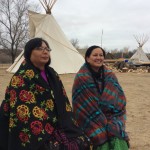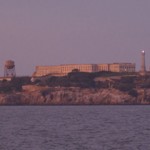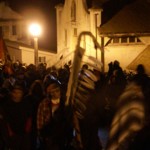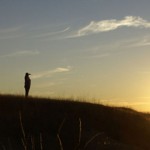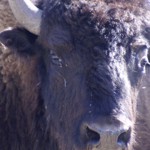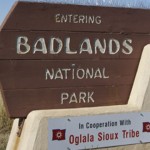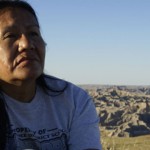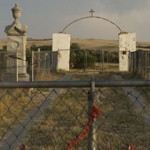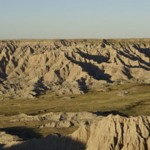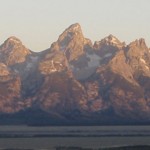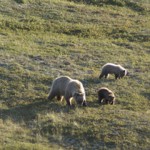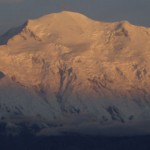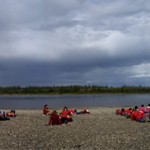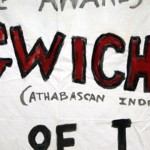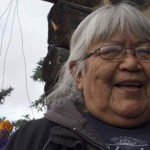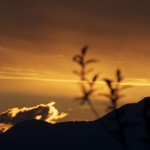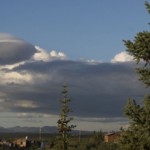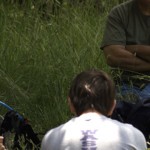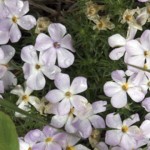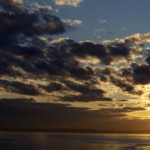Badlands National Park: Lakota or Sioux? – Does it matter?
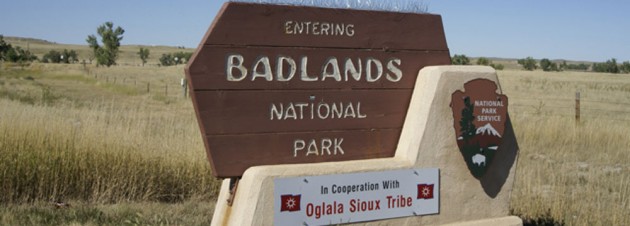
Before I came here to Pine Ridge Indian Reservation, I found two different terms to call people who live here. One was Oglala Lakota and another was Oglala Sioux. I asked Doris why there are different terms to call same people. I learned that the people now known as the Sioux originally called themselves Oceti Sakowin – the Seven Council Fires. It was in the 1600s, white people entering their homeland around the upper Mississippi River began calling them all Sioux, derived from an Ojibwa term for a kind of snake. Pressed by Ojibwa, a traditional enemy, some of the Sioux peoples started to move. The four groups that stayed in the east spoke the Dakota dialect and emerged as the Eastern Sioux. Two groups that reached the edge of the Plains spoke the Nakota dialect and formed the Middle Sioux. The far-ranging Western Sioux – also called the Lakota, for the dialect – were a diverse group that associated as seven bands, or council fires. The Oglala are one of seven Lakota sub-groups, living in Pine Ridge Indian Reservation. Doris said, “The term Sioux has negative connotations. We prefer to be called Lakota, not Sioux.”
There are so many things like this that I often wonder or don’t wonder, which turned out to be something important for me to know to respect the culture that I am interacting with. As an outsider, it became appropriate to use word “Oglala Sioux” and of course, this term is used by the both federal and tribal government. But as an insider, nobody wants to accept “Oglala Sioux” because it means that to give up their own identity. It is just a word, we might say – but it is still a word that matters.
Here is another example: tribe or nation? “The tribe is a colonial term that used by the federal government after 1934 Indian Reorganization Act. So, the federal government would call us ‘Oglala Sioux tribe’ to describe us in a way of colonized people. We prefer ‘Oglala Lakota nation’ when we are calling ourselves as a group,” said Doris.
There is one more example and this one involves Badlands National Park. The park has two units: north unit and south unit. The south unit is located in Pine Ridge Indian Reservation, so this unit has always been Oglala Lakota’s land. The tribal government and the National Park Service made an agreement to co-manage the south unit in 1976.
Oglala Lakota people call the south unit for Stronghold area because it was the last place where Lakota and US military fought after 1890 Wounded Knee Massacre. That time, anybody (military, national guard and non-Native Americans) had a right to shoot the renegade (outspoken) Indians. When military found Lakota people, they chased them to the Stronghold area where three sides are cliff so people could not run away from them. The military shot people and pushed women and children off the cliff to kill them. Because of this significant history, the Lakota nation prefer to call this area for Stronghold area and not south unit.
Furthermore, US Army took this land as a part of the war effort to create a gunnery range to conduct bombing experiment in 1942. Even today, many ordinance (unexploded bombs left in the ground) remain in the area and some contain mustard gas, which can cause burns that are severe enough to be life-threatening. “If this happens elsewhere in the world, it will be considered as an evidence of genocide,” said Doris.
This same area also has many prehistoric animals’ fossil. In 2003, the National Park Service was planning to invite the general public and scientists to help excavate the fossil. For Oglala Lakota, this area is a burial site. In Lakota culture, people stay away from grave so the spirit from the death shall never be disturbed. This area is an evidence of genocide as well as contains many sacred sites. So, people from here went to protest. I asked, “If the park and the tribe are co-managing this area, why things like this happened?” Doris said, “Because the tribal government approved it. They are so disconnected with their own people and culture. So, when we found out about it, we had to protest to stop the excavation. Someone donated a trailer so we could stay there. We were out there for over a month to stop it.”
We have a long way to go to create a society that better serves our multi-cultural nation and how to respect cultures which have been oppressed. I see how the lack of communication yields conflicts and misunderstanding between Oglala Lakota people, the tribal government and the National Park Service. Until those who are in a position of power accept the other ways as equally valid, our hope to build a nation where every culture thrives will not happen. We as individual have a big role to play to stand by those whose rights are often neglected. We can not blame our government if we as individuals remain oblivious about the issue. This journey truly wakes me up to educate myself and others about Native American people and their rights in this country. I very much hope that my work contributes to bring Native American women’s perspectives on our national parks into the world that helps people to see their side of the story.
